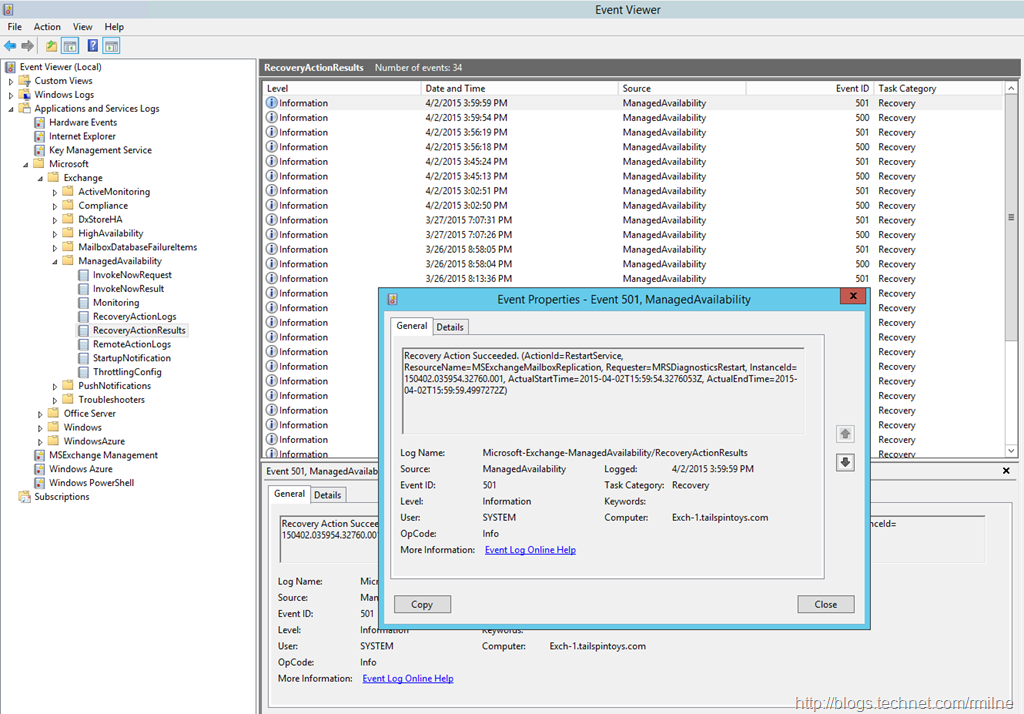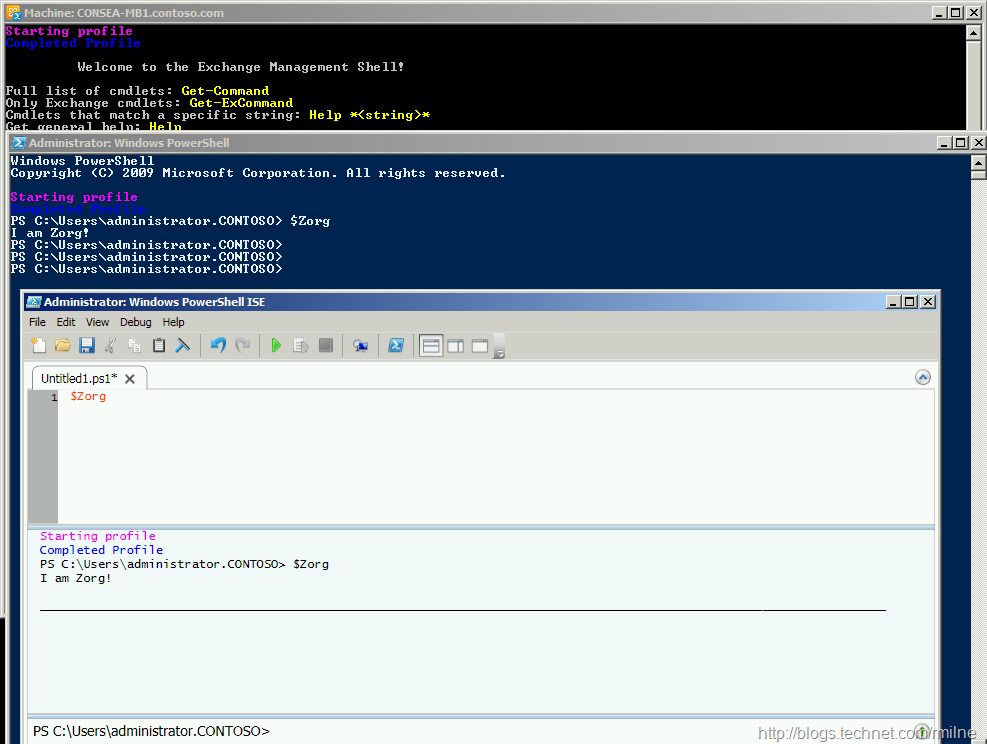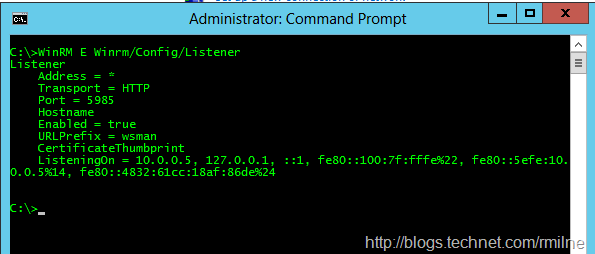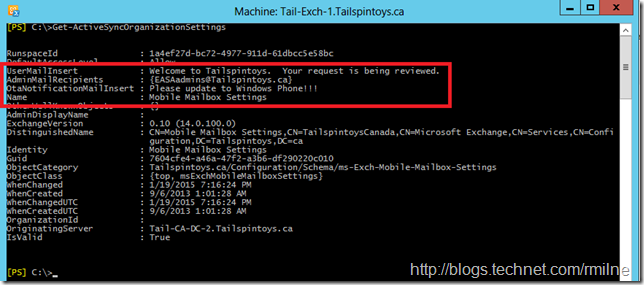Exchange 2013 Workshop Links – February 2015
This is link throw down for items that we discussed in a recent Exchange 2013 workshop. Well, actually two workshops. Depending upon which one you attended the additional links will be slightly different.
Exchange 2013
Client Connectivity in an Exchange 2013 Coexistence Environment
Exchange 2013 and Exchange 2010 Coexistence with Kerberos Authentication - beware the prerequisites and review closely.… Read the rest “Exchange 2013 Workshop Links – February 2015”




